Morane Saulnier M.S. 406
Production Time 9 to 10 weeks
Shipment is by FedEx, UPS or DHL International Express Courier with a normal door-to-door delivery time worldwide of within 2-3 business days after dispatch. Due to the current volatility of world fuel prices, the amount mentioned here is our best estimate for DHL and UPS and may be subject to change at the time of shipping.

Model Description: Morane Saulnier M.S. 406 Wood Replica Scale Custom Model Aircraft
Manufacturer: Morane Saulnier
Wingspan: 17 Inches (43.2 Centimeters)
Height: 4.3 Inches (10.9 Centimeters)
Scale: 1:25
$239.50
Production Time 9 to 10 weeks
-
United States dollar ($)
-
Pound sterling (£)
-
Euro (€)
-
Australian dollar ($)
-
Canadian dollar ($)
-
Singapore dollar ($)
-
Swiss franc (CHF)
-
Japanese yen (¥)
-
Danish krone (kr.)
-
Hong Kong dollar ($)
-
Norwegian krone (kr)
-
Swedish krona (kr)
-
United Arab Emirates dirham (د.إ)
General Product Description
Our PlaneArts Morane Saulnier M.S. 406 model exhibits unique, unrivaled quality and detailed design to come as close as possible to the accuracy of the actual plane. It comes as standard with a robust, durable base or stand which is available in a variety of different finishes designed to match your own personal requirements including solid wood, wood with polished metal supports or adjustable wood wall mount and will be ready within about 9-10 weeks from placement of order.
The Morane Saulnier M.S. 406 model is made of the finest kiln dried renewable mahogany wood (commonly known as Lauan or Meranti) which has undergone many stages of carving and meticulous and careful sanding giving the beautiful, finished museum quality masterpiece. Many collectors and model connoisseurs demonstrate their preference for genuine handmade and hand painted mahogany wood models rather than plastic or die cast (diecast) alternatives due to the overall look and totally different feel of the item - we trust you will find the same. We can however, if required produce the same model in Solid Cast Resin so just click and contact us for further information. Our craftsmen and gifted artisans ensure that our finely handcrafted model airplanes match the precise blueprint details of the original aircraft. The paint scheme, markings and parts are closely matched, reflecting the original aircraft. This stylish top-quality desktop replica model will surely enthrall anyone who receives this as a gift and for sure one of the most appropriate and desirably collectable gifts for any military aviation enthusiast and avid aircraft collector whilst also displaying a perfect resemblance to the actual real life version.
There are many types of military propeller aircraft, but the basic types are bombers, fighters, fighter bombers, spotter planes, transporters, patrol aircraft, trainers, and reconnaissance and observation aircraft. All these types of aircraft are used for different types of missions. If you're a fan of historic or present-day military aviation, our model aircraft will bring the excitement and character of these aircraft right into your own home. You can order a wood airplane model of a North American B-25 Mitchell Bomber, a B17 - Flying Fortress, or a P-51 Mustang Nervous Energy V not forgetting the Bf 109, Spitfire, FW 190, A6M Zero, P-38 and F4U. These classic, propeller airplane models are of the highest quality. Each is individually crafted by our expert craftsmen. They produce handmade scale mahogany airplane models of the finest aircraft from World War I and II to present day biplanes and triplanes.
If you require, we can also make the Morane Saulnier M.S. 406 model in any other military, government or even private livery or colour scheme you require and if necessary, in a different size or scale. Just click here to contact us with a description or photographs of what you require, and we will let you have a quotation for the necessary customization by return email. We can also make bespoke scale replicas of any other private / civil commercial airliner or airliners, helicopter, glider, gliders with engines, military jet, warplane jets, biplane, triplane, tail fin, spacecraft, rocket or NASA model you require in any airline, military or civilian livery or colors. We also produce model airships, blimps, dirigibles, blimps, boats, and ship collectibles. Wall plaque or seal for military, government or private customers. Again, by clicking here to contact us just let us know exactly what you need.
The Morane-Saulnier M.S. 406: A Historical Overview
The Morane-Saulnier M.S. 406 is a significant aircraft in the annals of French aviation history. As France’s first modern fighter at the outbreak of World War II, the M.S. 406 played a pivotal role in the early air battles of the conflict. Although it was quickly outclassed by newer fighters, its contribution to the French Air Force and its subsequent usage by other nations is a testament to its initial design prowess.
Development and Design:
Developed by the French company Morane-Saulnier in the mid-1930s, the M.S. 406 was a result of a 1934 specification by the French Air Ministry for a new single-seat fighter. The design featured a low-wing monoplane configuration, which was relatively advanced for the time. Powered by a Hispano-Suiza 12Y engine, the aircraft had a closed cockpit, a retractable undercarriage, and was armed with a combination of machine guns and a cannon firing through the propeller hub.
The prototype of the M.S. 406 first flew in August 1935, demonstrating promising capabilities. After several modifications, including strengthening the airframe and enhancing the armament, the M.S. 406 entered production in 1938. Approximately 1,200 units were produced by the time France fell in 1940.
Operational History:
During the early stages of World War II, the M.S. 406 constituted a significant portion of the French Air Force’s fighter strength. It saw extensive action during the Battle of France in 1940. Despite its relatively modern design at the time of its introduction, by the outbreak of World War II, the M.S. 406 was outperformed by faster and more heavily armed German fighters such as the Messerschmitt Bf 109.
The aircraft’s performance was deemed adequate against the bombers of the era, but it struggled in combat against more advanced fighters. Pilots appreciated the M.S. 406 for its handling characteristics and robustness, which made it a stable gun platform, but its slower speed and lighter armament put it at a disadvantage.
Service Beyond France:
After the fall of France, the M.S. 406 continued to serve in various roles and under different flags. The Vichy French Air Force used it in the Mediterranean, and several were captured and used by the Finnish Air Force against the Soviets. The Swiss Air Force also operated the M.S. 406; they upgraded these aircraft to compete with more modern fighters, extending their operational life.
In Finland, the aircraft proved more successful, with Finnish pilots achieving a respectable number of aerial victories against Soviet aircraft. The Finns modified these fighters, which they designated as the Mörkö-Morane, enhancing their armament and performance.
Legacy and Assessment:
The Morane-Saulnier M.S. 406’s legacy is mixed. While it was initially a technological advance for the French Air Force, it quickly became outdated. However, its widespread use during a pivotal period of aviation history underscores its importance.
Historians and aviation enthusiasts often debate its effectiveness, comparing it unfavorably with its contemporaries. Yet, the M.S. 406 is remembered for its significant role at a critical time for France and for the lessons it provided in aircraft design and development that influenced later French military aircraft.
Conclusion:
The Morane-Saulnier M.S. 406 remains a noteworthy chapter in the history of military aviation. While it may not have been the most successful fighter of its era, its development and operational history offer insights into the rapid advancements in aviation technology and tactics during the turbulent years of the early 20th century. Its service with various air forces further demonstrates its adaptability and the diverse roles it played during World War II.
| Weight | 6 kg |
|---|---|
| Dimensions | 13 × 17 × 4.3 in |

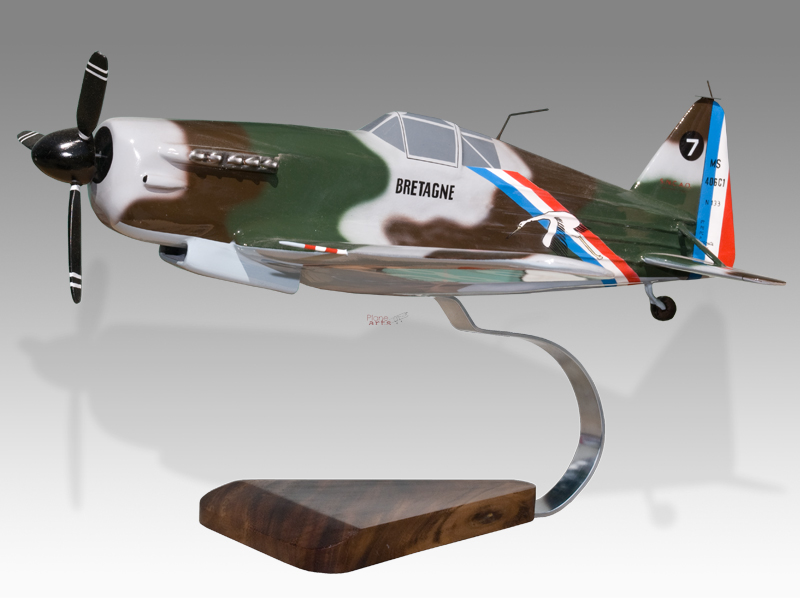
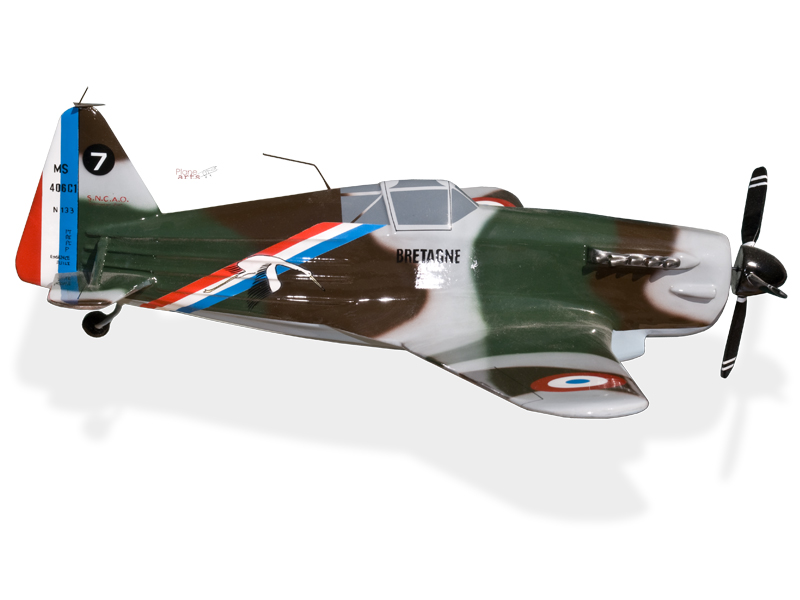
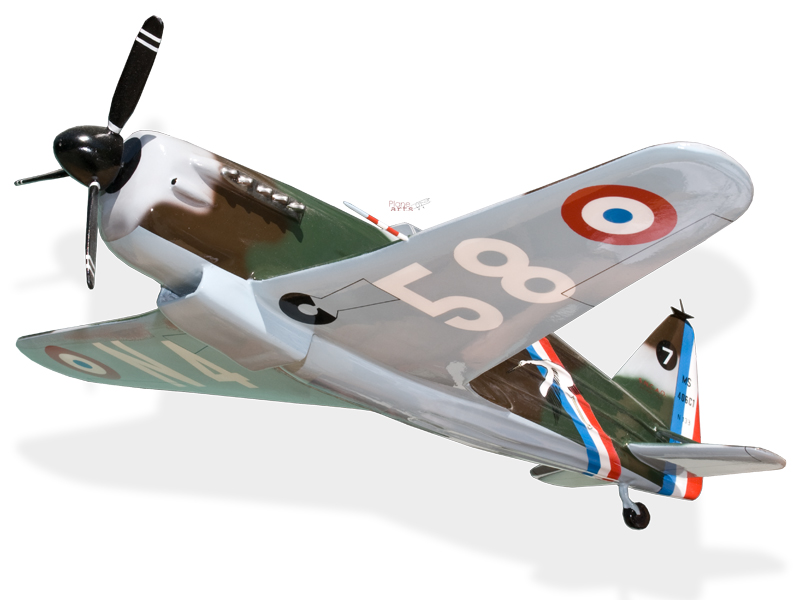
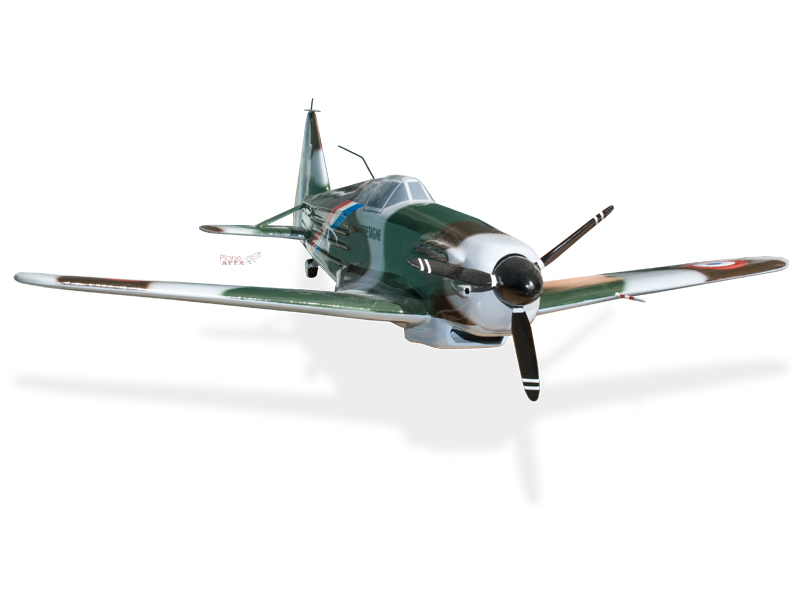
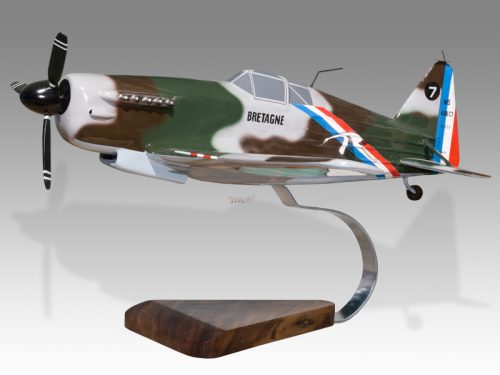

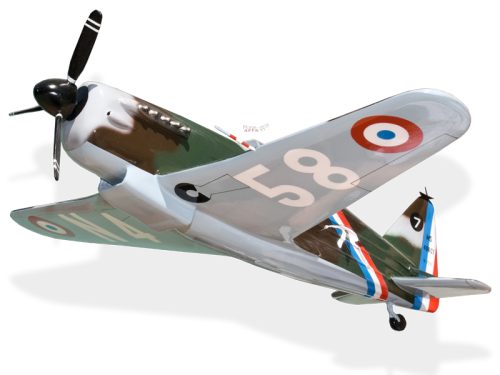

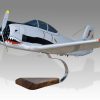
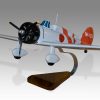
Reviews
There are no reviews yet.